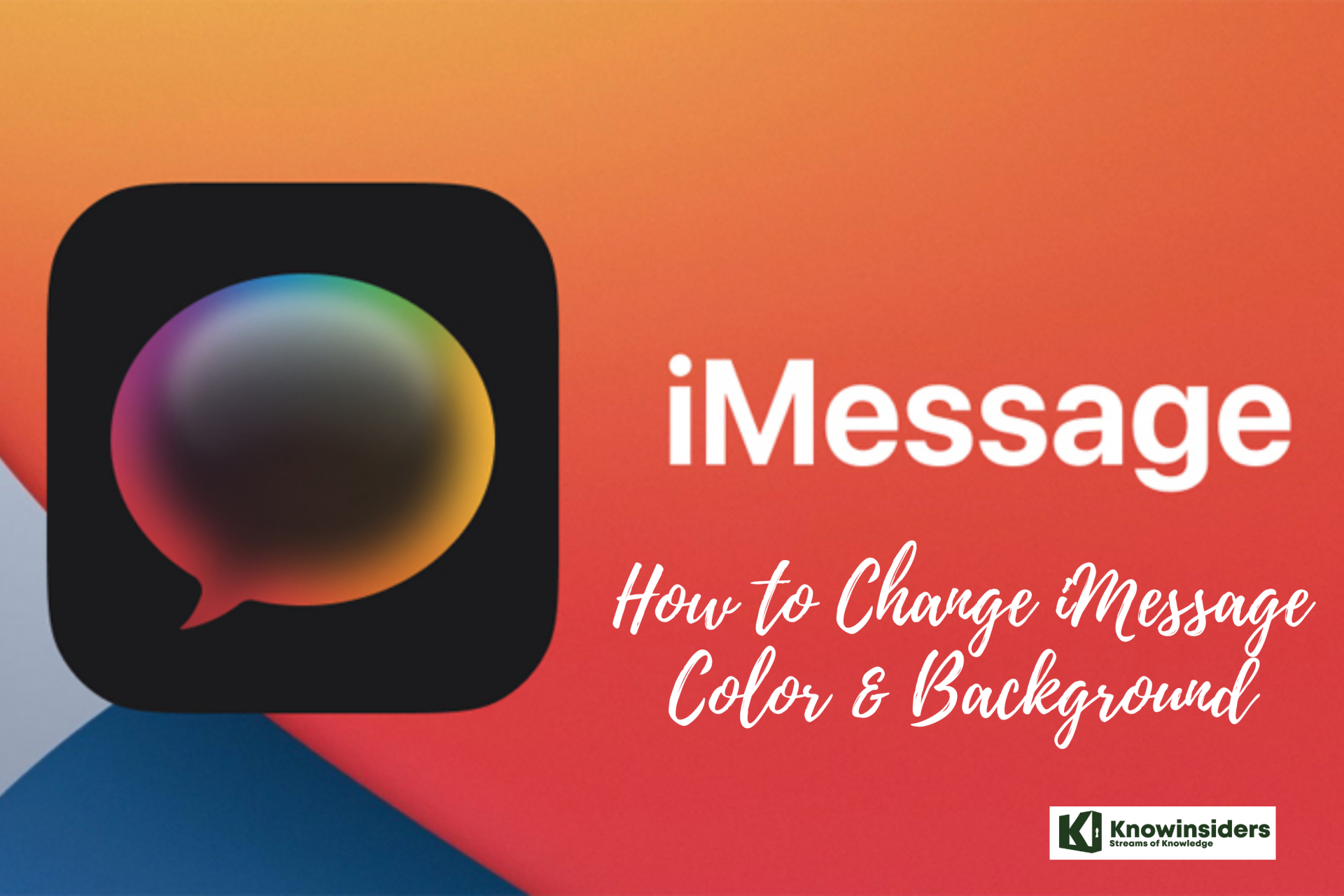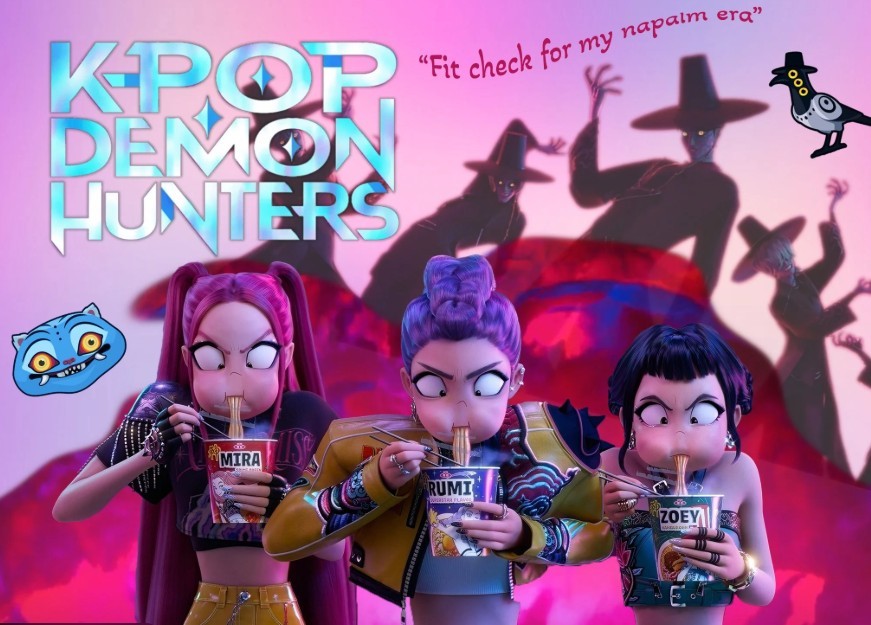The Ultimate Guide to Chromotherapy - Color Therapy for Your Soul
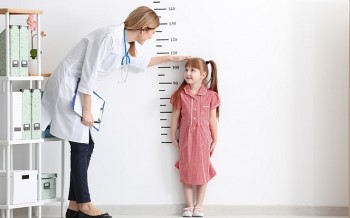 Top 5 Best American Height Growth Medicine Top 5 Best American Height Growth Medicine |
 Top 8 Best American Medicines for Stomach Pain Top 8 Best American Medicines for Stomach Pain |
Color isn't just used to make things look nice; it also has a big effect on how we feel and act, which means it's closely linked to emotions. Chrromotherapy is a type of color-based therapy that grew out of this.
People have thought that colors can heal the soul for thousands of years, and many people still use this method as an alternative form of therapy today. This simple but complete guide from KnowInsiders will explain what chromotherapy is, how it works, what health benefits it can offer, and how you can try it for yourself. Right now, you can use chromotherapy at home.
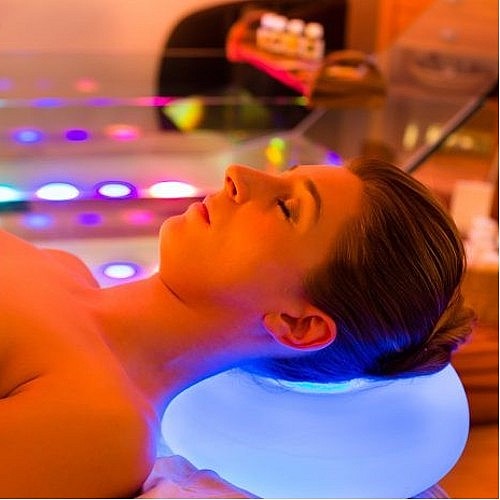 |
| Chromotherapy (or color therapy as it’s sometimes called) involves the use of color and light to stimulate wellbeing |
What is Chromotherapy?
Everything around us has color. Truth is not only an important part of our worldview, but it can also change how we feel and act in many situations.
You can feel things through colors, and colors have a big effect on how we feel and act. Most importantly, if you know how to use colors right, you know how to use the right colors to improve your mood, which will bring good energy into your life. "Chromotherapy" is the scientific name for this way of healing.
People sometimes call chromotherapy "color therapy" or "colorology." It is an alternative therapy that aims to balance the different kinds of energy in a person's body.
The energies in question could be spiritual, mental, physical, or emotional. People still don't agree on what chromotherapy really does, but this type of therapy has been used for a long time as an alternative or traditional way to treat a wide range of illnesses.
Chromotherapy may not be a medical treatment, but it helps a huge number of people every day all over the world. One type of therapy that is similar and is used to treat mental health problems is light therapy, which is often suggested by doctors.
Chromotherapy as a Treatment
Because everyone has different tastes and feelings when it comes to colors, they will be used to represent many countries and groups of people.
Today, color therapy is seen as either an alternative to Western medicine or a complementary medicine therapy that is used along with Western medicine.
Many different types of treatment and healing work by sending vibrations to the body in a way that it can handle. These include Ayurveda, acupuncture, homeopathy, physiotherapy, radiotherapy, aromatherapy, acupressure, and phototherapy.
Most systems make vibrations happen in a roundabout way, but light therapy is one of the few that puts vibrations directly on the body.
Aside from the range of treatments, color therapy is also being used more and more in spas through sauna steaming services. Customers can pick a sauna with blue light to relax and lower their stress level or a sauna with pink light to clean out their bodies.
The History of Chromotherapy
Chromotherapy has been around since at least Egypt. The Egyptians thought that light had power and used different kinds of light to help people get better.
In some cultures, color therapy has stayed an important part of life. People in the West, who tend to prefer modern, institutionalized medicine, still use color to help people get better physical and mental health.
What you should know about chromotherapy's history might help you decide if it's right for you. What does chromotherapy mean in the modern world? This is a great way to learn more about it. Chromotherapy has really taken off as people become more interested in holistic therapies and other alternative ways to improve their health.
However, the ideas that make it work have been around for about 1000 years. Avicenna's book "The Canon of Medicine," which he wrote in 1025, contained the first written references to the relationship between color and health.
Even though different colors and cultures have different meanings and effects on people, electromagnetic wavelengths have some effects that everyone feels the same way. It also matters what the healer and the person being healed want to happen. Being open to any method, traditional or alternative, is important for it to work.
There are some Western doctors who do not believe in color therapy, even though it has become more popular over the years. In the meantime, color psychology looks into how colors can change how people think and act.
The Power of Colour in Chromotherapy
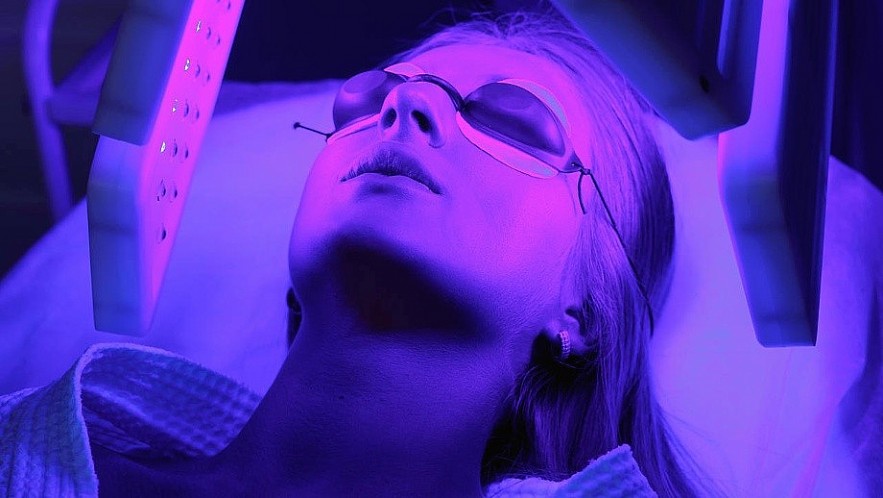 |
| Color Therapy |
Now that we have a better understanding of chromotherapy's history and definition, let's look at the underlying theory. In summary, chromotherapy is the idea that being around certain colors can have a variety of beneficial effects on the body and mind.
According to theory, exposure to a particular color can positively alter the specific type of energy that each color correlates with within the body. Chromatotherapy is predicated on the notion that the body has seven "chakras" in specific places, just like other conventional therapies with a spiritualist foundation. Positive changes could occur if colored light is directed towards these, balancing the energy.
The seven primary colors used in chromotherapy are listed below, along with the energy types and chakra points that correspond to them:
Red: The chakra for red is at the base of the spine. Red is the color of stability and survival.
It's not a surprise that red stands for life and strength. It wakes you up, gives you energy, and makes you brave and hopeful. People use red light to speed up their heart rate and blood flow. In other words, it gives the body a real boost.
White: It makes you feel better by being clear and pure. It helps the body's internal rhythms get back to normal and is linked to regeneration. Serotonin, a chemical that helps control sleep and the nervous system, is made when white light hits the skin. Light boxes are often used by people with SAD (Seasonal Affective Disorder) in the winter.
Orange: Fresh and invigorating, it has revitalizing properties and promotes optimism.
Orange governs emotions, creativity, and sexuality, and is represented by the lower abdomen chakra.
Yellow: The solar plexus chakra is yellow, and it has to do with power, self-confidence, and your sense of who you are.
It stands for hope and makes people happy. People say that yellow light makes them feel safe and healthy in general. When it comes to healing, yellow makes the digestive system work better. It cleans the body, balancing things out and getting rid of impurities.
Green: Greenis the heart chakra and relates to love and personal responsibility.
Blue: When it comes to spiritual and physical communication, blue is the color of choice. It is linked to the throat chakra.
This color makes you feel calm and at ease. It makes you less stressed, sleepless, and generally irritable. Blue also slows down the heart rate and blood pressure. People say that turquoise is a very calm and relaxing color.
Indigo: Indigo is in charge of your ability to forgive, care, trust, and understand. Its chakra is near the eyebrows and on the forehead.
Violet: The chakra in the top of your head stands for violet. The energy that goes with it is that of thoughts, data, and a sense of being linked to the whole universe.
Magenta: Lowers anxiety and raises creativity.
The Benefit of Colour in Chromotherapy
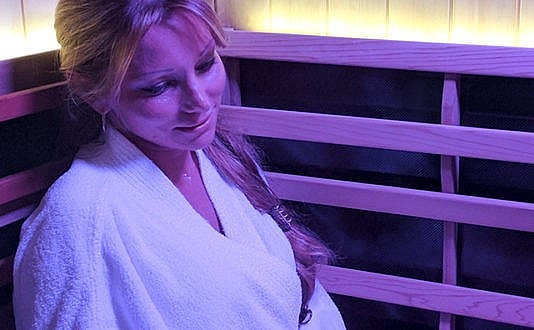 |
| Chromotherapy Benefits |
The purpose of this treatment is to fix imbalances in the mind and body. Chromotherapy can help you get your mind back in balance, for instance if you are stressed. Color therapy can help people who are depressed feel better and give them more energy.
If you understand how each color affects your mood, you can use this to make every day more positive by filling your home and workspace with colors that make you happy. I love how I feel.
Most people who use this therapy say the following are good things about it:
- Boost your mood and lower your stress: Colors can have a big effect on your feelings, making you feel better and lowering your stress. People who are stressed or anxious are said to feel better when they see colors like blue and green.
- Helps you focus: Surrounding yourself with the right colors can help you focus and get more done. Blue and yellow colors can help your brain work better and more efficiently by being used to decorate your workspace.
- Make you hungry: Warm colors are thought to make people who are struggling with anorexia hungrier.
- Helps you sleep better: Using soothing colors in your bedroom makes it more comfortable, which helps you sleep.
- How to treat seasonal affective disorder: Because there is less sunlight in the winter, most people with this disorder will experience it. It has been shown that some types of bright light therapy can help people with this mood disorder. Some people also say that warm colors like orange and yellow can help with color therapy.
- Get more energy: It is said that colors like red and yellow can give you more energy and drive.
- Increase your creativity: Color can stimulate your mind and help you think of new ideas.
Psychological Effects of Different Colors
A lot of research has shown that color can change our mood and how quickly our minds heal. Because each color has a different effect, they are all used to treat different mental illnesses and psychological issues.
- Red:
Red is the color of life because it is linked to fire and the sun. As the color of passion, this is the most energizing and can help your plans go stronger. It wakes up all of your senses and boosts your metabolism, libido, and circulation. The color red makes you feel warmer, increases adrenaline, and improves lymph and blood flow.
The color red speeds up the heart rate, blood pressure, and breathing. It can also help the circulatory system work better and be used to treat anemia, asthma, throat problems, coughs that won't go away, and more.
But when the energy field gives off too much red, people feel suffocated, get angry, and are often anxious and irritable.
If you want to feel energized and sure of yourself at work that day, wear red clothes or lipstick.
Add some red things to your home decor on cold winter days to keep your family warmer.
- Yellow:
The sun is shown by yellow. Yellow is the most common color used in color therapy because it is the brightest and reflects light in all directions, making you feel free and separate.
Yellow makes you feel good and can help your brain work better and help you remember things. It makes muscles stronger and eases pain. In addition to making you happier, gold helps your digestive system work better.
Yellow is also used to treat diseases of the lymph nodes and lymph system because it can boost the activity and resistance of the nervous system. But someone whose energy field gives off too much yellow is either easy to confuse or turns evil and smart.
If the room is yellow, you will feel better and have more positive energy.
Putting a small painting with a main yellow tone in the corner where you work, like a sunflower garden or the sun, might help you get motivated and come up with new ideas. be creative.
- Orange:
When you mix the energy of red and yellow with orange, you get the feeling of understanding and sympathy. People say it can bring healing frequency to the lungs and thyroid and make people more creative and enthusiastic. It can help the liver and spleen heal and work better.
Color therapists have confirmed that the color orange is a very effective way to treat mental illnesses like depression and pessimism. If you have problems with your heart muscle, your appetite, or your digestive or circulatory systems, orange can help.
People whose energy fields give off too much orange, on the other hand, are often lost, tired, and negative.
For more creativity, "foster" confidence, and energy in your life, especially when you need to make a choice, pick an orange notebook or notepad.
Orange makes you feel happy, which is another reason why it is used in many antidepressant treatments.
- Green:
Plants are green, so it's thought to be the color most closely linked to nature. Because it creates a sense of calm and peace, green is often linked to that word. Because of this, green is also the color of focus. Also, the Heart Chakra is linked to green. The Heart Chakra is the body's most powerful energy center.
Green is a color that stands for balance, safety, and harmony, so it can help you feel calm and happy as soon as possible.
People with bronchitis, coughs, arthritis, rheumatism, and edema often use this color to help them feel better. Eye diseases, cysts, and diabetes can all be helped by the color green.
Some people also say that this color can make the lymph nodes work harder, help the internal organs relax, and speed up the body's detoxification process. People get bored, self-conscious, and jealous when they see too much green.
Green is also thought to be a "healing" color that can help lower stress, which is good for heart health.
So, even when things are crazy in your life, try to spend time in nature to ease the stress and pressure of it all.
- Blue:
Blue is the color of peace and mystery, and it makes the mind, body, and spirit feel calm.
Similar blue colors, like sky blue, navy blue, and royal blue, always make people feel calm and gentle, so they can help you feel better when your mood is bad.
This color makes us feel calm and at ease. Because of this, this color is often used to treat stomachaches, headaches, and tired muscles. Blue is also used to heal liver problems. This color is often used to ease pain in general. If someone's energy field gives off too much blue, they are wary, don't trust anyone, and are always sad and worried.
Taking a look at the blue sky or turquoise water can help lower your blood pressure and calm you down. When you have an inflammatory condition, a headache or migraine, or strong emotions, blue can help.
Blue is thought to help with sleep problems and nervous disorders because it makes people feel calm.
If you want to calm down and fall asleep more easily, you can hang a picture of the calm sea and blue sky in your bedroom.
- Purple:
Because purple makes people think of spirituality and deep thought, it is often used in acupuncture. It can help with issues like withdrawal and insomnia, and it also makes the immune system stronger.
Purple is a color that can help with pain relief, stress relief, and getting a better sense of your own health.
People with diseases of the lymphatic system and spleen are also given this color. Purple can also help calm people down, so it can be used with people who are mentally ill or easily upset. It's easy for people with too much purple energy to become religious.
Purple is a color that makes people think of elegance, magic, and a bit of mystery. After seeing purple, you will strongly believe in being strong and having peace of mind.
When you want to come across as authoritative, wear dark purple clothes to parties and meetings.
Light purple also calms and soothes because it increases the flow of positive energy through nerve cells in the body, which can lead to new ideas.
- White:
White stands for cleanliness, innocence, and purity. On a psychological level, it's like taking medicine for your soul; it gives you new energy and helps you deal with bad feelings in your life.
White can help with any illness, problem, or circumstance.
A great way to relax after a long day at work is to paint the walls of your bedroom white or use white bedding.
How to Carry Out Chromotherapy
Giving the body color-frequency light waves is what chromotherapy is all about. Light can get into the body through the eyes or color therapy tools.
- Through the Eyes:
One way to use light therapy is to look at different colors. You spend some time looking at the color scheme. You should be careful about the colors you pick, though.
People think that green is the safest color. Red and orange can get you riled up and excited.
Chromotherapy is often tailored to each person. For instance, blue might help you calm down if you're feeling very anxious. But if the other person is sad, they shouldn't use blue in chromotherapy.
- By using color therapy tools:
Color therapy tools come in a lot of different styles. Some of them are easy to do at home, while others need paperwork to prove they are used for therapeutic purposes. This gadget lets colored light be projected.
The color is sometimes shown on the screen, and you look at it. Certain bulbs with no more than 500 watts give off light. With color therapy devices, you can put light on your skin using cutting edge technology.
But there isn't a lot of scientific research on color therapy yet. Some parts of this therapy, on the other hand, are completely safe to do.
You can try color therapy in the following ways:
How to Apply Color Therapy to Daily Life?
Color therapy isn't just available in hospitals or spas; you can do it all at home using any of the following methods:
- Keep blue light out of your eyes
Blue light from laptops, phones, and TVs has been shown to mess up your circadian rhythm and make it harder to sleep.
You should turn off your computer, phone, and TV a few hours before bed so that the blue light from them doesn't mess with your circadian rhythm.
You could also wear glasses that block blue light or change the settings on your devices to a warm yellow tone while working with machines and electronics. This could help you. Friend.
- Use lights at night
Use a dim red light as a night light if you need to. Research shows that red light can help your body make more melatonin, which can help you sleep better.
- Take it easy outside
You can go for a walk in places with lots of natural light if you have trouble staying awake and focused. You can also talk to trees, which is another easy way to relax.
The green color of plants, flowers, and leaves in nature can help us calm down and feel better when we're angry or frustrated.
- Fill your life with more color
Adding a lot of color to your daily life can make you happy, full of energy, and in love with life.
If you want to pick colors for anything, from the walls in your room to the clothes you wear every day, you should pick colors that you love and that make you feel good when you see them.
You can use bright colors on the walls or add colorful decorations. The rainbow rule says you should eat more fruits and vegetables. You can also use colorful lights or make your cabinets more colorful. your clothes...
In Conclusion
People think of color therapy, also called chromotherapy, as an alternative spiritual healing method that can help stop drug abuse.
The most important thing to remember is that color therapy is not a cure for any mental or physical illness.
If you are dealing with a mental illness like depression or an anxiety disorder, you might want to see a psychologist.
 What Is Hyperpigmentation: Causes, Types, Symptoms and Treatments What Is Hyperpigmentation: Causes, Types, Symptoms and Treatments Hyperpigmentation is a condition that causes the skin to darken, patches of skin can vary in size, depending on the cause of the hyperpigmentation. So ... |
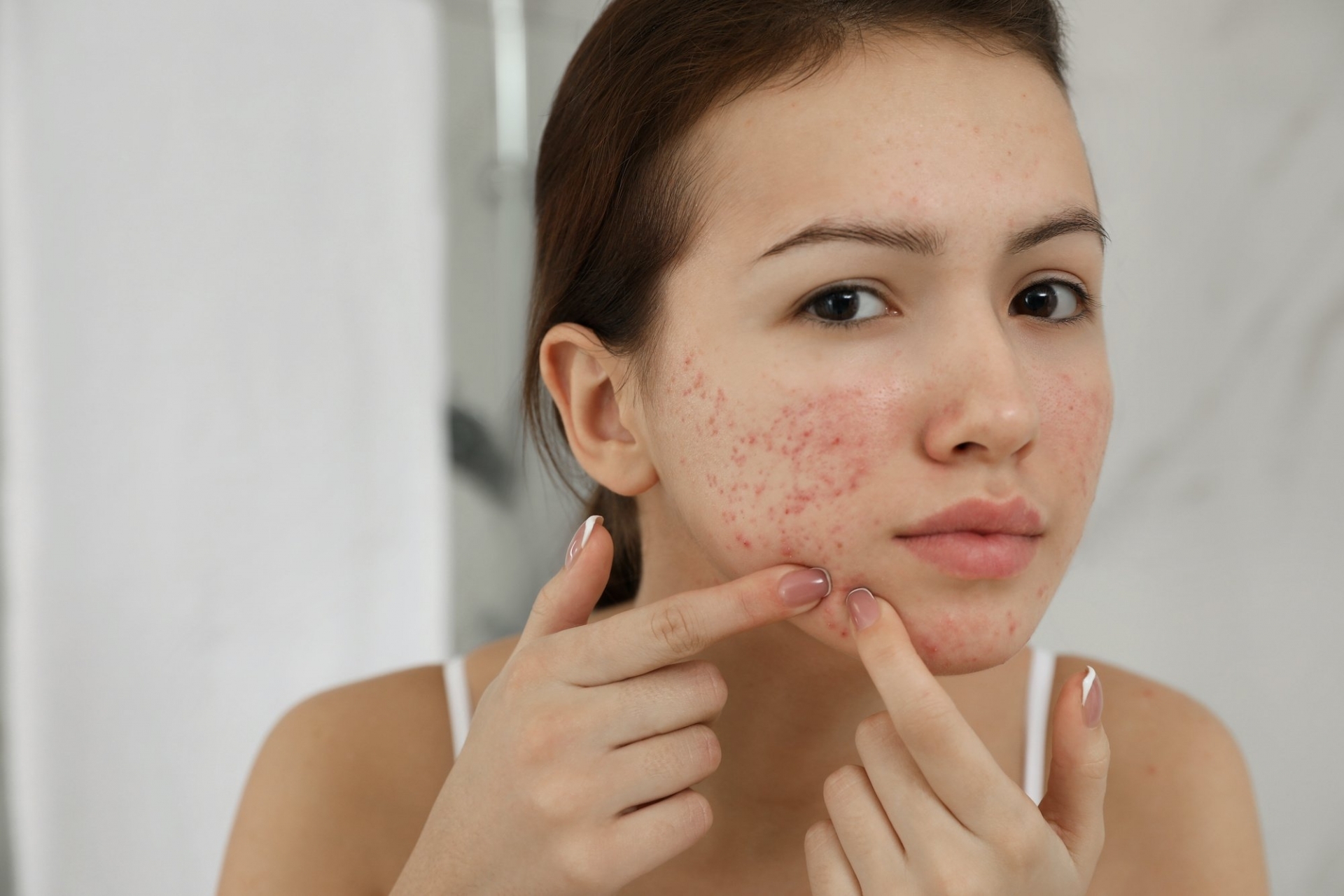 How To Remove Acne Scars With The Natural & Medical Treatments How To Remove Acne Scars With The Natural & Medical Treatments There are several tips to get rid of acne scars that you can do at home rignt now. |
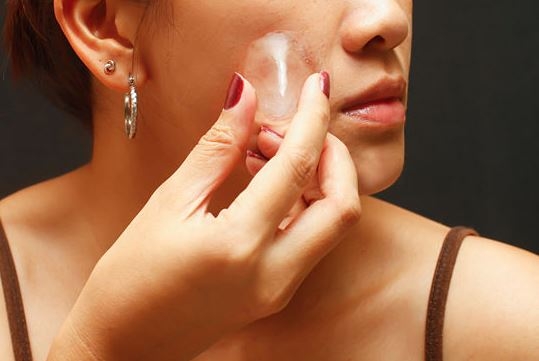 How To Get Rid Of Pimples With The Treatment At Home How To Get Rid Of Pimples With The Treatment At Home Acne is characterized by the presence of pimples, also called spots or zits. They tend to show up during adolescence but can manifest at any ... |
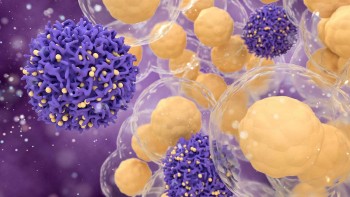 Facts About Nanodrones or Nanobots That Can Treat Cancer Facts About Nanodrones or Nanobots That Can Treat Cancer Researchers have effectively created "drones" the size of nanoparticles that can be introduced into cells to eradicate cancer. To learn all the specifics, read the ... |


